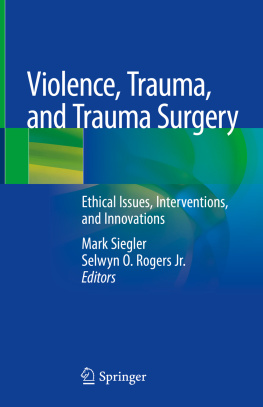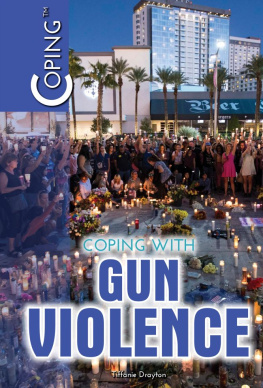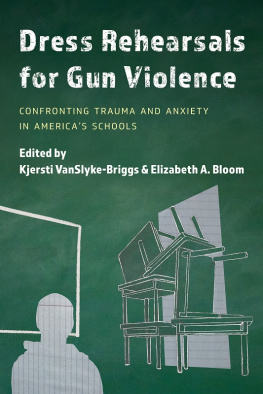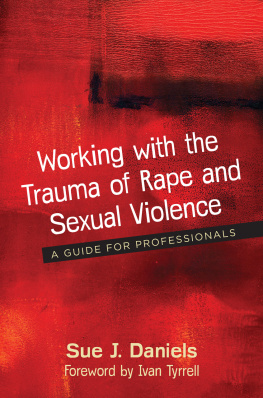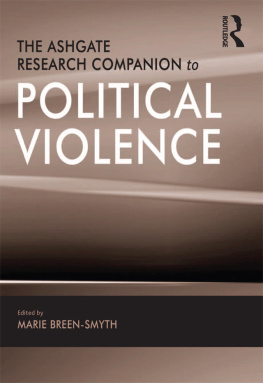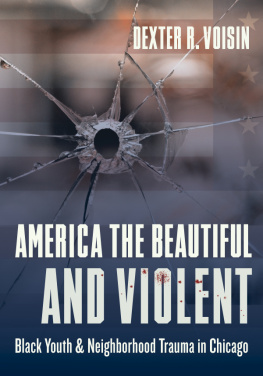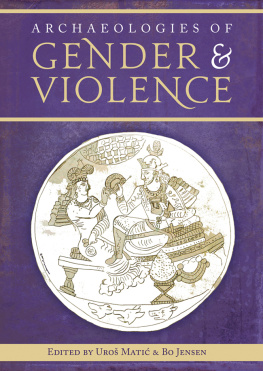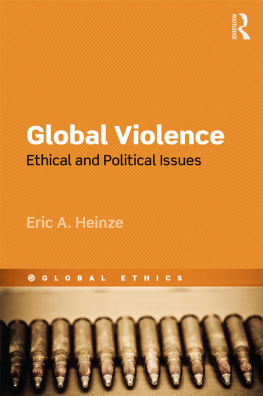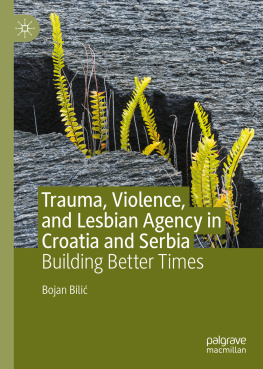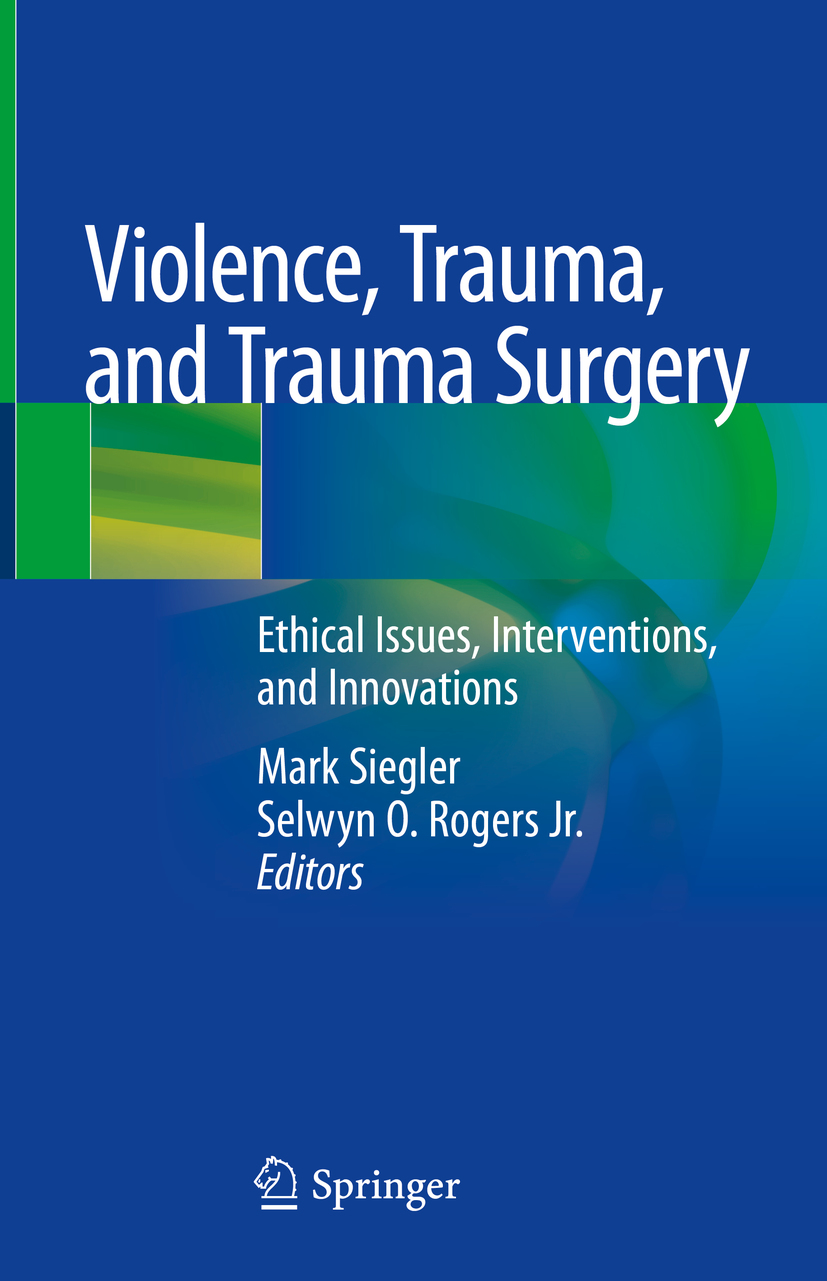Editors
Mark Siegler MD, MACP
University of Chicago, Chicago, IL, USA
Selwyn O. Rogers Jr. MD, MPH
University of Chicago, Chicago, IL, USA
ISBN 978-3-030-31245-9 e-ISBN 978-3-030-31246-6
https://doi.org/10.1007/978-3-030-31246-6
Springer Nature Switzerland AG 2020
This work is subject to copyright. All rights are solely and exclusively licensed by the Publisher, whether the whole or part of the material is concerned, specifically the rights of translation, reprinting, reuse of illustrations, recitation, broadcasting, reproduction on microfilms or in any other physical way, and transmission or information storage and retrieval, electronic adaptation, computer software, or by similar or dissimilar methodology now known or hereafter developed.
The use of general descriptive names, registered names, trademarks, service marks, etc. in this publication does not imply, even in the absence of a specific statement, that such names are exempt from the relevant protective laws and regulations and therefore free for general use.
The publisher, the authors and the editors are safe to assume that the advice and information in this book are believed to be true and accurate at the date of publication. Neither the publisher nor the authors or the editors give a warranty, expressed or implied, with respect to the material contained herein or for any errors or omissions that may have been made. The publisher remains neutral with regard to jurisdictional claims in published maps and institutional affiliations.
This Springer imprint is published by the registered company Springer Nature Switzerland AG
The registered company address is: Gewerbestrasse 11, 6330 Cham, Switzerland
Preface
On the South Side of Chicago, the absence of adult trauma services had been a highly controversial issue for decades. After The University of Chicago and the Michael Reese Hospital closed their adult trauma centers in the early 1990s, for the next 27 years there was no adult level 1 trauma center on the South Side, an area with a population of approximately 600,000. Over time, community activists advocated strongly for an adult trauma center, and after years of planning, The University of Chicago Medicine launched its new trauma center on the South Side in May 2018. In anticipation of the opening of the trauma center, in 2017 we (Drs. Rogers and Siegler) organized a lecture series on ethics, violence, trauma, and trauma surgery. This book brings together papers based on the lectures from this year-long series.
In 1948, the World Health Organization (WHO) defined health as a complete state of physical, mental, and social well-being, and not merely the absence of disease or infirmity (World Health Organization, 1948). Such an all-encompassing definition of health means that none of us is truly healthy; however, all of us aspire to achieve health in the face of the challenges of balancing physical, mental, and social well-being. When one considers the WHOs definition of violence, we all must pause: the WHO defines violence as the intentional use of physical force or power, threatened or actual, against oneself, another person, or against a group or community that either results in or has a high likelihood of resulting in injury, death, psychological harm, mal-development, or deprivation (World Health Organization, 1996). Given this encompassing definition of violence, health is virtually impossible in the presence of violence. In this book, we examine the intersection of ethics, violence, trauma, and surgery. Various authors from a wide range of disciplines argue that intentional violence toward another person is complex. Causes of violence include poverty and lack of economic opportunity, and violence often occurs in impoverished and underserved communities. Many of the authors in this book use Chicago as a framework for their discussion, but there are similarities in most urban settings throughout the United States.
In Chicago, the impact of social determinants of health is most striking with regard to life expectancy. In the economically vibrant inner loop of Chicago, the average life expectancy is 85 years of age (Krug, Dahlberg, Mercy, Zwi, & Lozano, 1996); in Washington Park on the South Side, a mere 7 miles away, the average life expectancy is 69 years of age. The distance between these two neighborhoods is covered in 10 minutes by train. The causes of this difference in life expectancy relate to race, class, resources, health insurance status, and geography. The impact of geography on health can be evaluated by various markers. For example, communities on the South and West Sides of Chicago have higher rates of homes with elevated lead levels, higher rates of unemployment, lower rates of high school graduation, and higher rates of asthma-related emergency department visits.
Correlating with higher rates of premature death, violence is also higher on the South Side of Chicago. Violence is complex and intersectional. When we focus on traumatic events, we focus on the immediate events, such as prehospital care and care in the emergency department, resuscitation bays, and operating rooms. Adverse childhood exposures to trauma increase ones likelihood of being a victim of trauma or a perpetrator of violence. The structure of our society also affects the likelihood of violence. Structural violence refers to ways in which our social arrangementsgovernments, economies, religionsput individuals and populations in harms way (Galtung, 1969). Environmental factors, such as segregation, educational disparities, and lack of economic opportunities, may drive violent acts. The impact of racism and discrimination on individuals lives affects their sense of self and social connections.
Instead of simply focusing on the traumatic violent event, we need to think simultaneously about how to approach violence and trauma. A traumatic violent incident may lead a person to develop posttraumatic stress disorder or retaliate against the person who harmed them. We need to approach trauma not as episodic events but from a public health perspective, incorporating prevention and recovery. The public health approach examines protective and risk factors. Protective factors may include social structures, such as family and church. Risk factors include poverty and unemployment. Victims of violence are a unique population of people whose risk for reinjury can be potentially lowered. Strong, Greene, and Smith (2017) examined long-term mortality over a 10-year period in patients who were hospitalized at a busy level 1 trauma center with gunshot wounds. The group found a higher survival rate in patients who were shot once and only once over that follow-up period than in those who were shot more than once. That survival difference is an opportunity for secondary prevention.
Trauma centers can do more than just provide trauma care. Hospital-based violence intervention programs can create wraparound services for victims of violence (Purtle et al., 2013). Intervention programs incorporate secondary prevention and recovery.
We have divided this book into three parts: Part I covers ethical issues related to violence; Part II, ethical issues in trauma and trauma surgery; and Part III, a variety of additional ethical concerns. Below we offer brief summaries of the chapters in each part to allow you to identify those most relevant to your interests and to give you an overview of the scope and depth of the books content.

